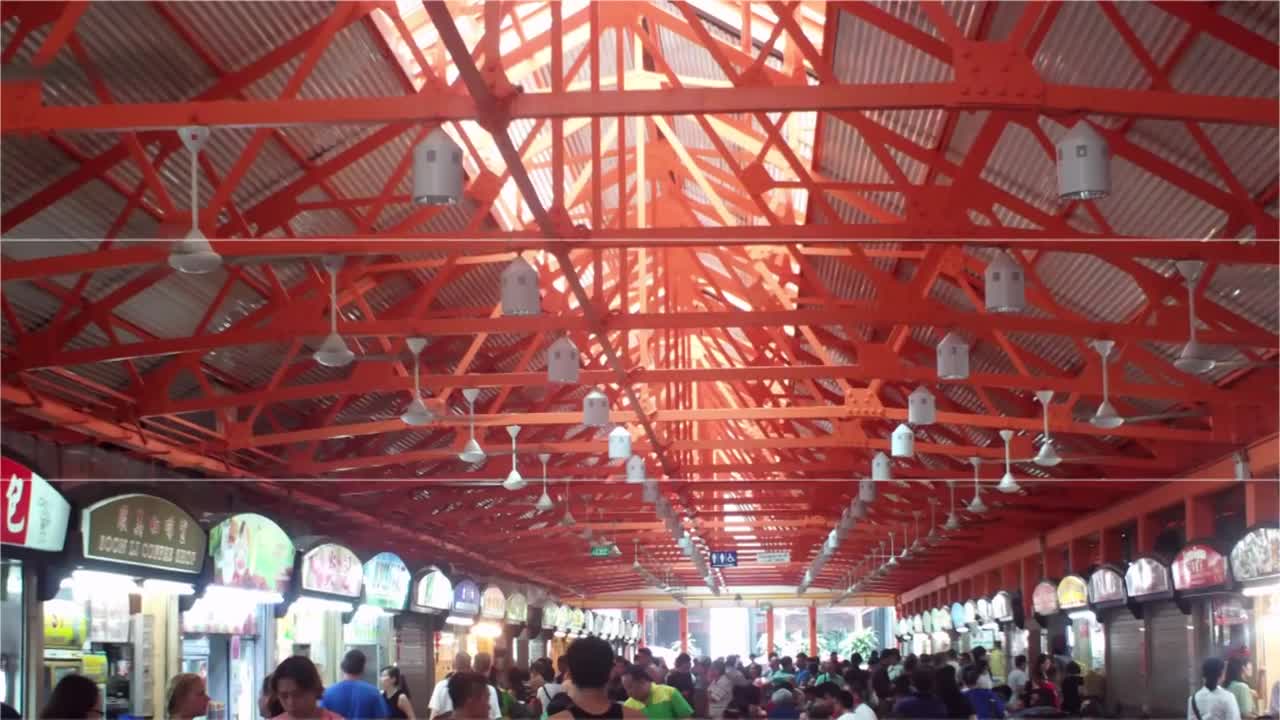Premium Only Content

Cuisine and Hawker Food of Singapore
Singaporean cuisine is indicative of the ethnic diversity of the culture of Singapore, as a product of centuries of cultural interaction owing to Singapore's strategic location. The food is influenced by the native Malay, the predominant Chinese, Indonesian, Indian, Peranakan and Western traditions since the founding of Singapore by the British in the 19th century. Influences from other areas such as Sri Lanka, Thailand, Philippines, and the Middle East exist in local food culture as well.
This phenomenon makes the cuisine of Singapore a cultural attraction. Most prepared food bought outside the home is eaten at hawker centres or food courts, rather than at actual restaurants. These hawker centres are abundant and cheap, encouraging a large consumer base.
In Singapore, food is viewed as crucial to national identity and a unifying cultural thread; Singaporean literature declares eating as a national pastime and food, a national obsession. Food is a frequent topic of conversation among Singaporeans. People from different communities often eat together, while being mindful of each other's culture and choose food that is acceptable to all.
As Singapore is a small country with a high population density, land is a scarce resource devoted to industrial and housing purposes. Most produce and food ingredients are imported, although there is a small group of local farmers who produce some leafy vegetables, fruit, poultry, and fish.
Singaporean cuisine has been promoted as an attraction for tourists by the Singapore Tourism Board, as a major attraction alongside its shopping. The government organises the Singapore Food Festival in July to celebrate Singapore's cuisine. The multiculturalism of local food, the ready availability of international cuisine and styles, and their wide range in prices to fit all budgets at all times of the day and year helps create a \"food paradise\".
QUESTIONS?
-
 39:47
39:47
Brewzle
1 day agoPennsylvania Wouldn’t Let Me Film…So I Went Bourbon Hunting in NY
63.9K10 -
 10:12
10:12
Space Ice
1 day agoBallistic: Ecks vs Sever - Underrated Masterpiece Or Incoherent Mess?
43.2K10 -
 2:43:07
2:43:07
RG_GerkClan
8 hours agoLIVE: Lets Get to 500 FOLLOWS! - Escape From Tarkov - Gerk Clan
38.1K4 -
 6:42:02
6:42:02
Vigilant News Network
22 hours agoHillary Clinton EXPOSED In Another Massive Hoax | The Daily Dose
77.3K44 -
 1:00:17
1:00:17
Trumpet Daily
1 day ago $8.51 earnedRINOs Are Trump’s Biggest Enemy Now - Trumpet Daily | Nov. 22, 2024
21.8K39 -
 17:47
17:47
RealReaper
17 hours ago $0.91 earnedGladiator 2 Another Pointless Sequel
13.9K6 -
 45:45
45:45
PMG
15 hours ago $0.68 earned"Hannah Faulkner and Stephanie Nash | No Farms No Food"
11.4K1 -
 27:11
27:11
Degenerate Plays
1 day ago $0.45 earnedReturn Of The Online Girlfriends - Stellar Blade : Part 30
9.6K1 -
 7:16
7:16
SeasonofMist
2 days agoSOLSTAFIR - Fjara (Official Music Video)
7.64K3 -
 3:54
3:54
Good Kid Productions
9 days agoTrump just broke legacy media. We're building something better.
4.76K1